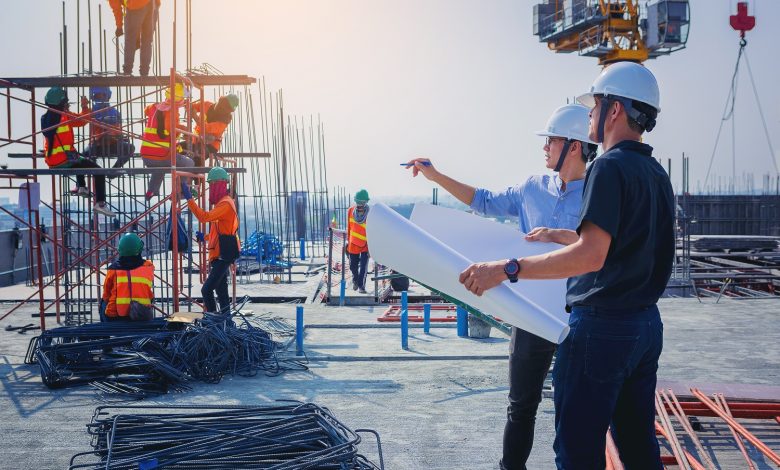
Cost to build shows signs of slowing as construction material crisis eases
However the widespread devastation caused by Cyclone Gabrielle and rebuild requirements are yet to be seen
It’s getting more expensive to build a house in New Zealand, but the pace of growth has started to ease for the first time in more than two years.
The latest Cordell Construction Cost Index (CCCI) shows construction costs rose 0.6 percent in the March quarter, well below the average quarterly increases of 2 percent recorded in 2021 and 2022. Meanwhile, the annual growth rate has dipped from a record high of 10.5 percent, to 8.5 percent in the three months to March.
CoreLogic Chief Property Economist Kelvin Davidson said the worst of the construction materials crisis was over, with the rate of growth in costs to build a residential home at its lowest since late 2020.
He suggested rising interest rates has also caused a drop in the number of new homes being consented, which would also contribute to an easing on demand pressures.
“Availability of important materials such as plasterboard has improved, timber prices have also stabilised to some degree, especially structural timber. Metal components are showing a similarly flatter trend for prices too,“ he said.
“The pipeline of housing that’s already been approved remains large – and will keep builders busy for a while yet, so the slowing influence on actual output volumes and construction cost growth may take a while to show through clearly. But the early signs have definitely arrived.”
Mr Davidson said it was difficult to judge how construction costs might evolve in 2023, particularly with fewer houses to build in the short term.
However, the widespread devastation caused by Cyclone Gabrielle and rebuild requirements were yet to be seen and may place new upwards pressure on construction costs as resources are redirected to
that work.
Despite slowing inflation numbers, Mr Davidson ruled out the prospect of a fall in construction costs.
“The longer-term trend certainly points to a continued slowdown in cost inflation as new-build workloads ease into 2024 and capacity pressures become less acute,” he said.
“People considering the new-build path are unlikely to see the costs drop to any great degree. The hope has to be that this slowdown in construction sector output doesn’t turn out to be dramatic.
“Encouragingly, demand incentives such as tax advantages for people to invest in new-build properties should give developers some degree of confidence to keep bringing forward new projects.”
CoreLogic researches, tracks and reports on materials and labour costs which flows through to its Cordell construction solutions to help businesses make more informed decisions, estimate rebuild and insurance quotes easily and, ultimately, appropriate risk effectively.
The CCCI report measures the rate of change of construction costs within the residential market for a typical, ‘standard’ three-bedroom, two-bathroom brick and tile single-storey dwelling.
Read the full report HERE

AccomNews is not affiliated with any government agency, body or political party. We are an independently owned, family-operated magazine.







